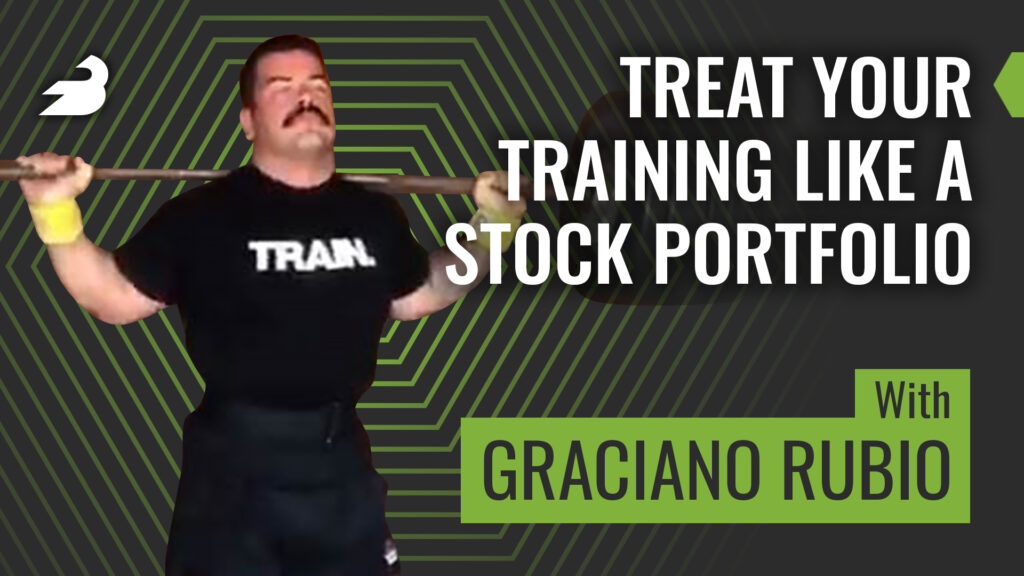Today I’m talking to weightlifter, CrossFitter, pro strongman, financial advisor, and coach Graciano Rubio, best known online as the Wall Street Weightlifter. He’s also the owner of CrossFit Valley View. In today’s episode, we discuss his strength background and why you should treat training like an investment portfolio — especially when it comes to something called stop loss. Along the way, I also get on a high horse about competing. You’ll just have to listen to find out more.

In this episode of the BarBend Podcast, David Thomas Tao talks to Andy Huang about:
- Graciano’s double-career as an athlete/coach and financial advisor (2:20)
- Should Graciano finally compete in weightlifting? (5:30)
- How a callout from Dave Castro — and a heavy Isabel, which is 30 snatches for time — grew Graciano’s online footprint (8:30)
- Opposing movements, conditioning, and why CrossFit is just a new name for something older (15:00)
- How your training can benefit from smart investing lessons (16:55)
- Applying the stop-loss principle to training (20:00)
Relevant links and further reading: